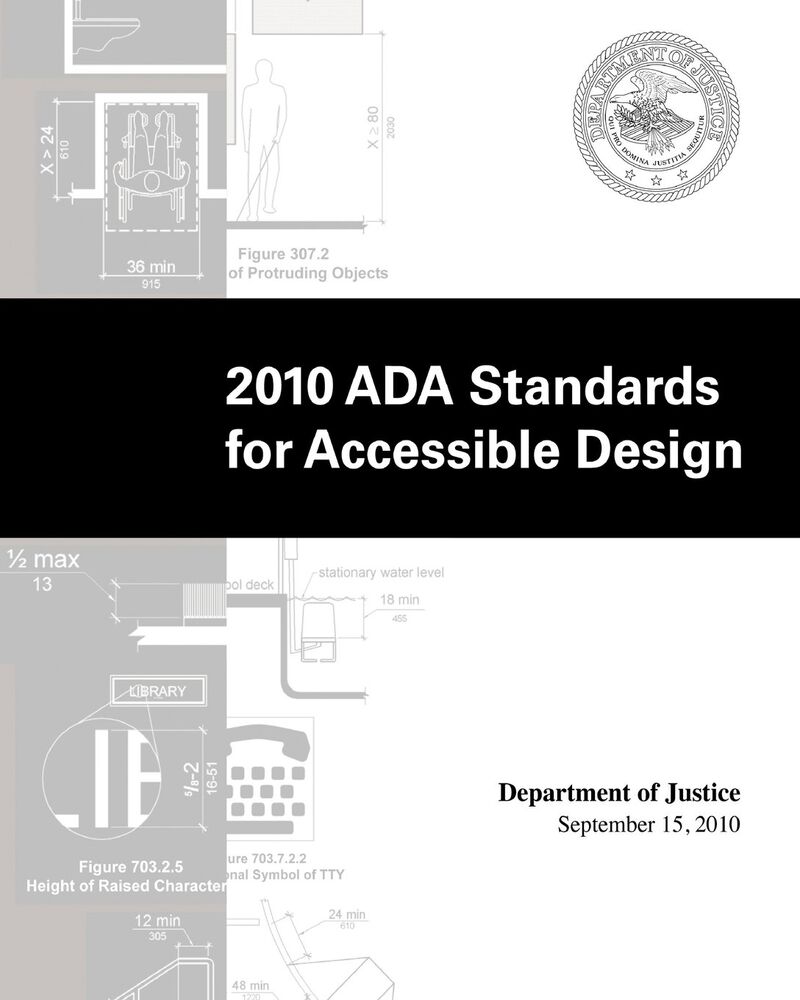
At the beginning of most trainings, I like to explain the social model of disability. Whether it’s a whole slide breaking down the model or a quick verbal explanation of it, I think it’s important that people hear its principles. The social model of disability suggests that disability originates from an inaccessible world and not the inherent impairments, differences, and conditions of people. Instead of expecting people to adapt to an inaccessible world, we should adhere to standards of accessibility to reduce societal barriers.
In addition to attitudinal barriers, such as limiting stereotypes and stigmas surrounding disability, physical barriers are often the cause of limitations for people with disabilities. Examples of physical barriers include protruding objects that someone who is blind could run into, an accessible parking space with no adjacent access aisle for loading/unloading mobility aids, and providing stairs but no ramp or elevator, thus preventing a person with a mobility disability from entering a space. The list of physical barriers goes on and on, and, unfortunately, you could probably garner several examples for the list after a day of running errands with physical barriers in mind.
So, how do we fix this problem? We know the importance of physical accessibility, but how do we start to achieve it? When we’re talking about the ADA, the answer is the 2010 ADA Standards for Accessible Design. In the world of the ADA, these are often called the “ADA Standards,” “2010 Standards,” or just “the Standards.”
As is stated in the Introduction of the Standards, “The 2010 Standards set minimum requirements – both scoping and technical – for newly designed and constructed or altered State and local government facilities, public accommodations, and commercial facilities to be readily accessible to and usable by individuals with disabilities.” You can think of the Standards as the physical accessibility manual for public entities and public accommodations.
However, I think many people would agree when I say the Standards are not light reading. They can be difficult to read, interpret, and visualize. With no prior ADA or physical accessibility knowledge, reading the Standards could feel confusing, overwhelming, and even discouraging. So, it’s helpful to know where to start.
- If you’re starting from square one, our online course, 2010 ADA Standards, may be where you want to go first. This course gives a bird’s-eye view of purpose of the Standards, what they say, and where they should be applied.
- Now, if you’re wanting to really dig into the Standards, I suggest using the U.S. Access Board’s website. Something we like to say here in our center is reading the Standards is a “choose your own adventure” experience, because you’ll often be directed to different sections to get the full picture of what makes an element ADA compliant. For example, under section 403.2 Floor or Ground Surface, you’ll read, “Floor or ground surfaces shall comply with 302.” The U.S. Access Board’s online publication of the Standards is user-friendly for this reason, as it includes hyperlinks every time a different section is referenced, so it’s easy to jump around.
- Also on the U.S. Access Board’s website is the Guide to the ADA Accessibility Standards. This is helpful to use in conjunction with the official Standards, as it gives a more digestible, plain language breakdown of what the Standards mean and how to apply them. This guide also includes illustrations, which are helpful for all the visual learners out there.
- To further accommodate visual learners, the U.S. Access Board has YouTube channel with a playlist of animations depicting how people with disabilities use accessible spaces. These videos bring the Standards to life and show the rationale behind the regulations.
- If you want the Standards straight from the source, they are available through ADA.gov. There, you can access the Standards in html and PDF formats.
- Finally, if you’re someone who works best with a hard copy, you can order one online through our store.
Hopefully, this provides some clarity on where to find the Standards, how to use them, and supplemental resources to increase your understanding. If you have a question about the Standards, call us at 800-949-4232. Happy reading!